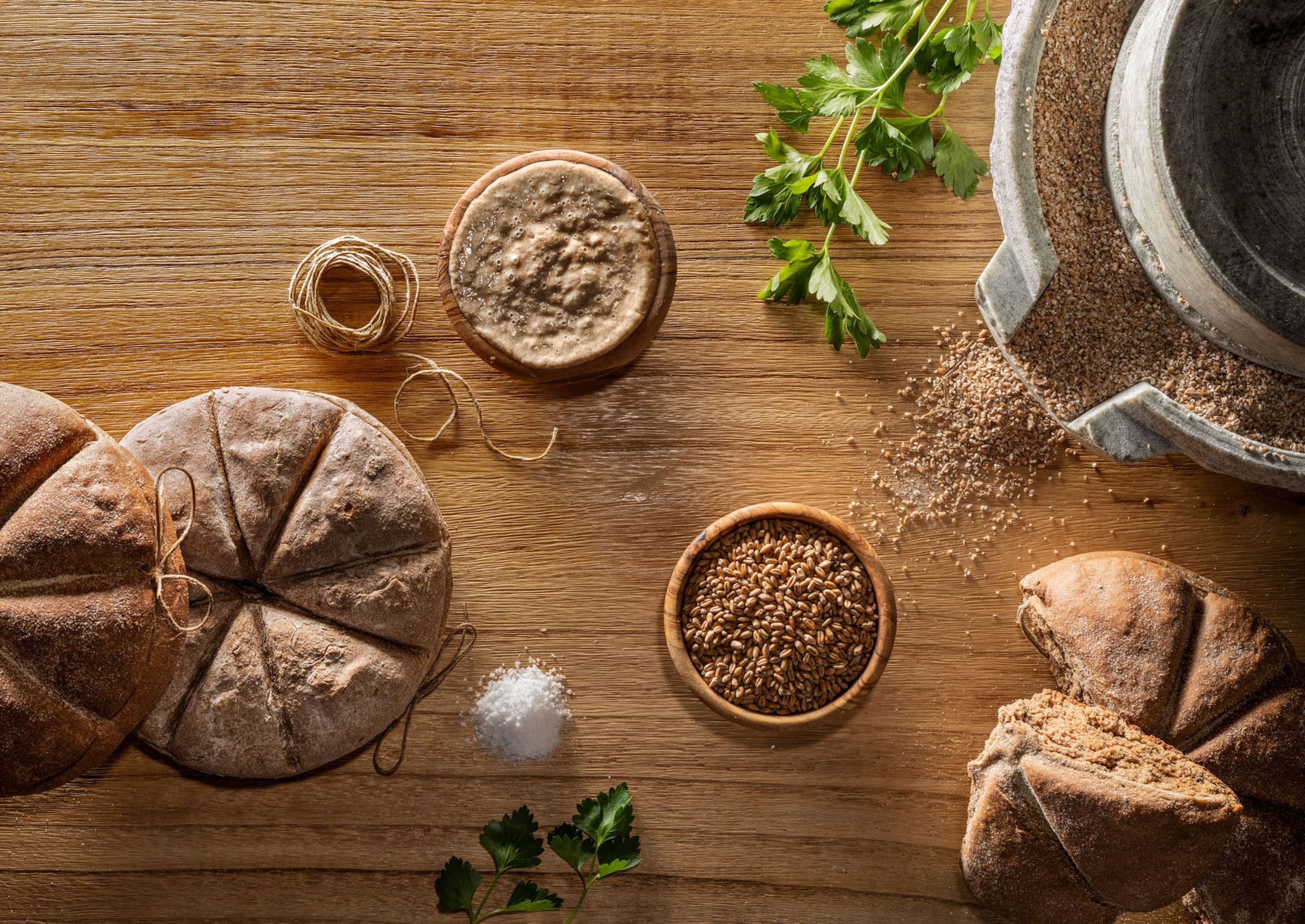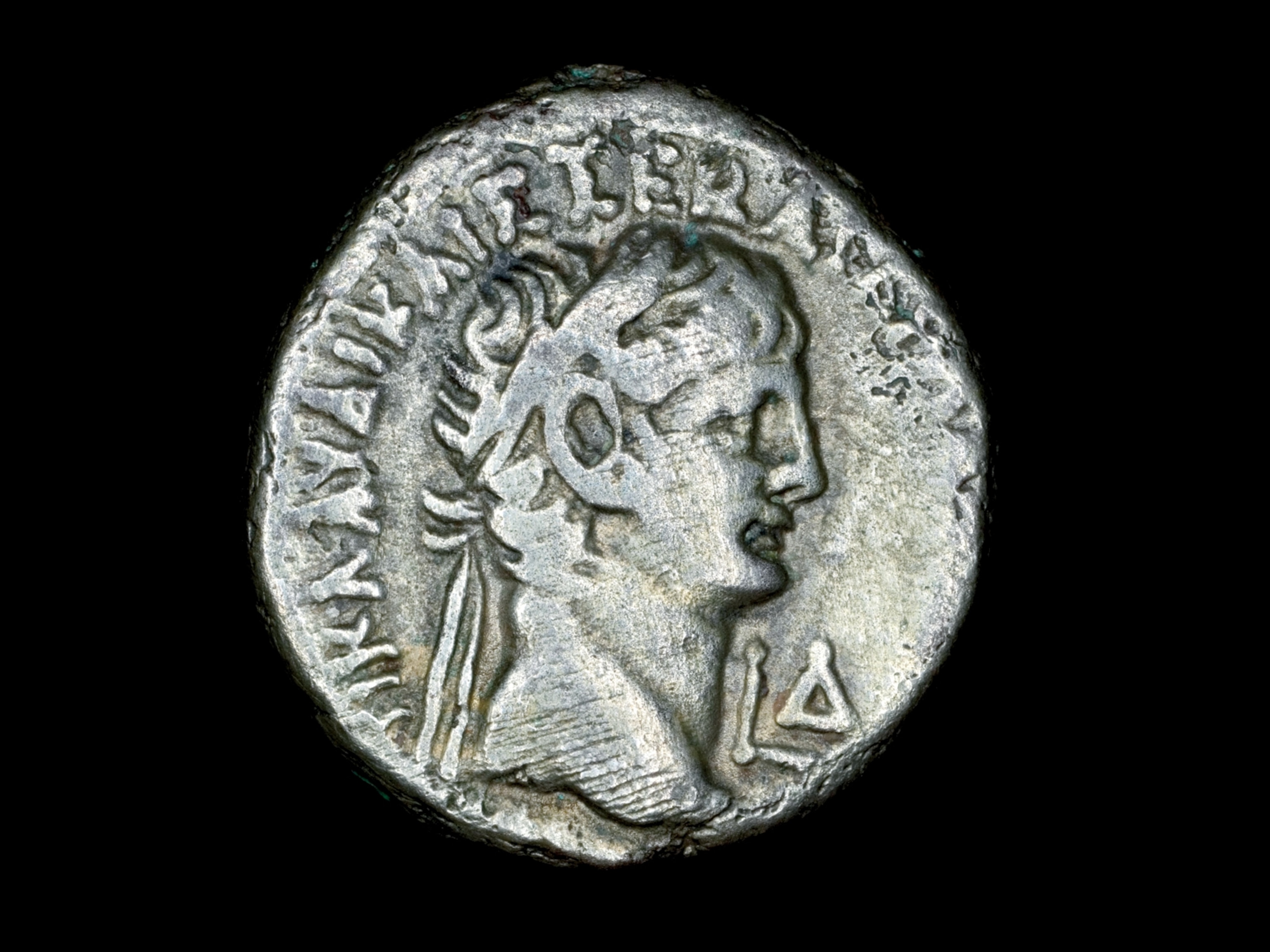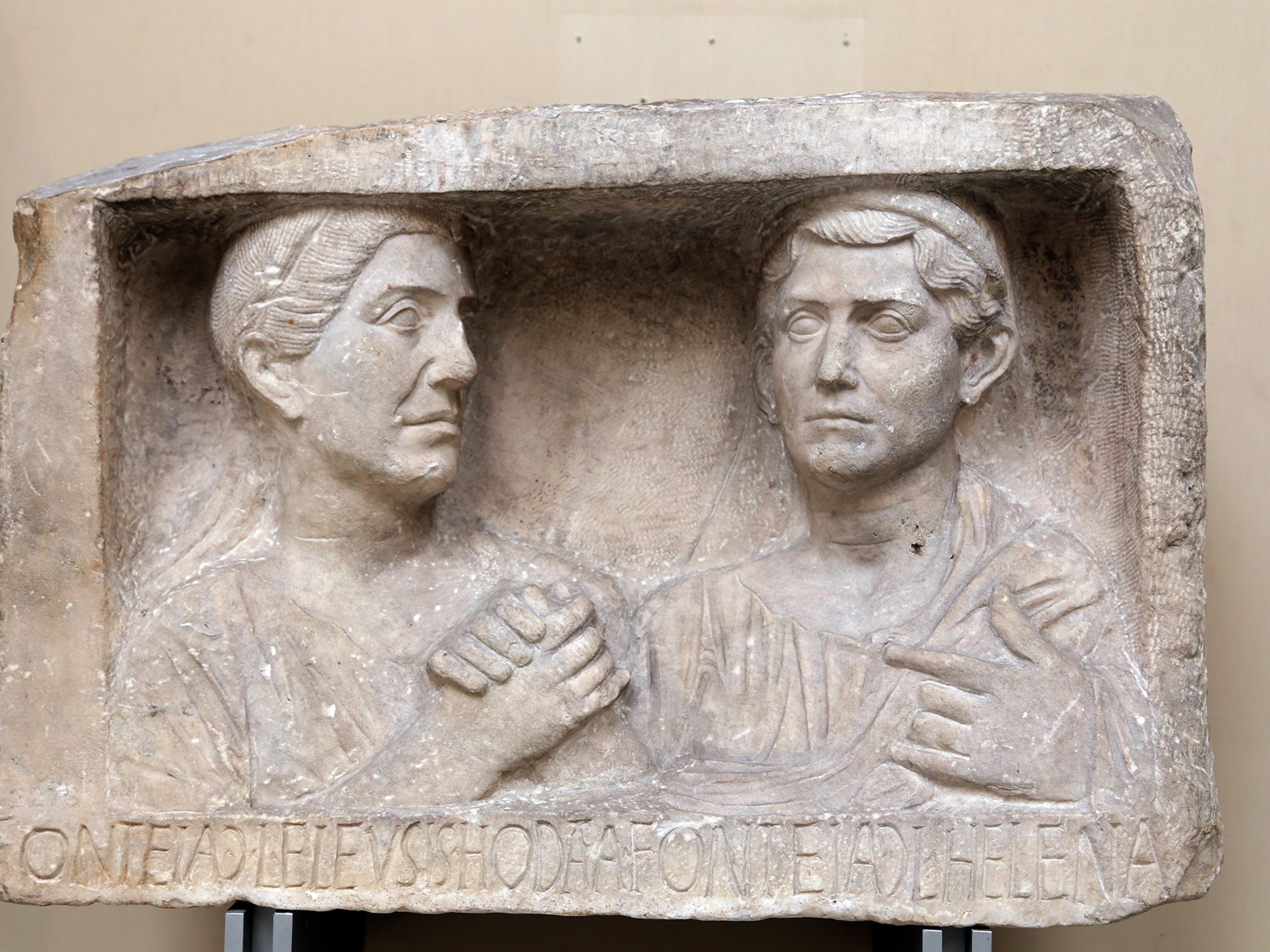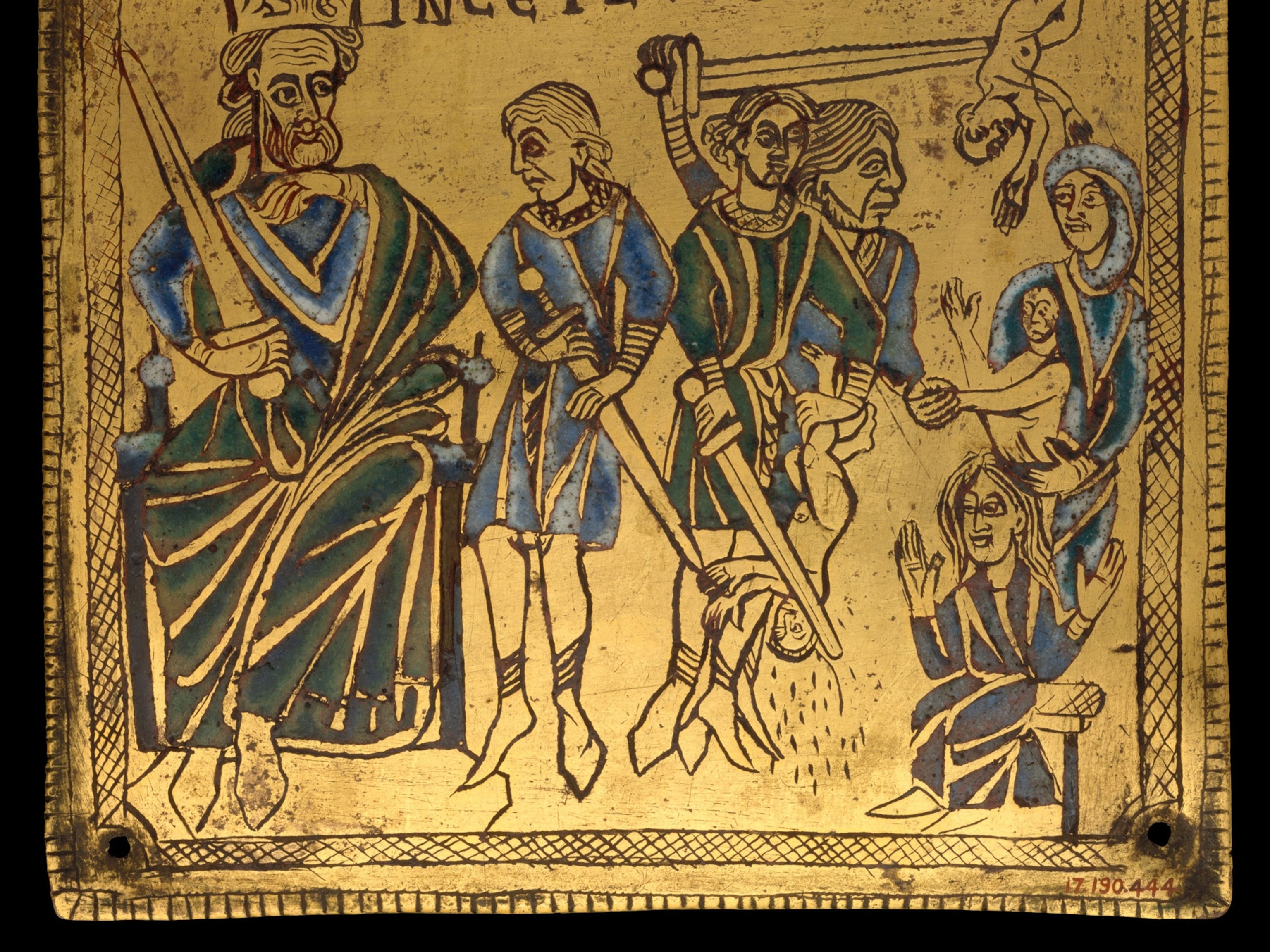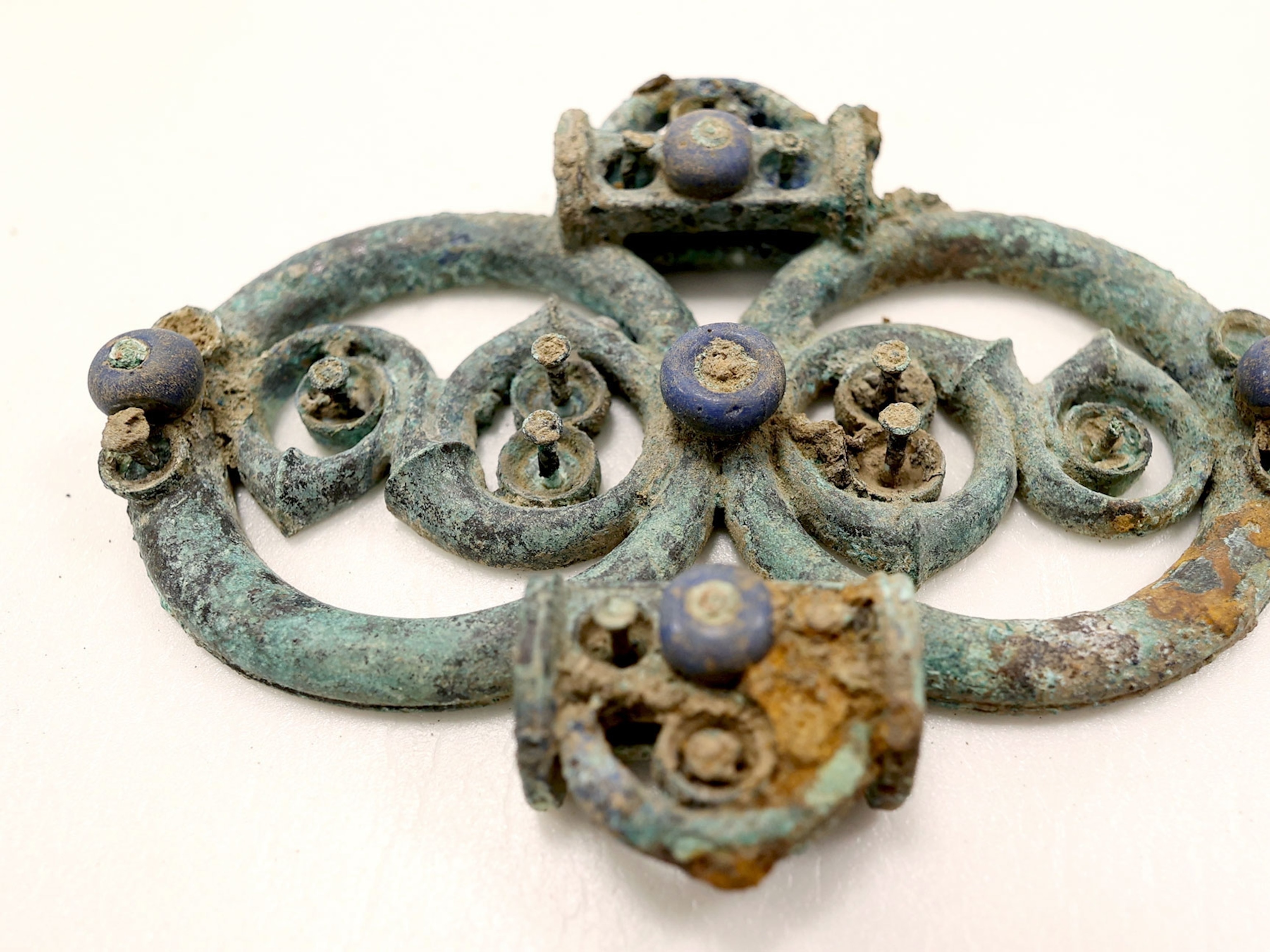Hear more about the social media of ancient Pompeii in our podcast, Overheard at National Geographic.
In A.D. 79 the eruption of Mount Vesuvius buried the Roman cities of Pompeii and Herculaneum in ash and pumice, and carbonized many of their organic contents—including the bread in Pompeii’s bakeries. Farrell Monaco, a culinary archaeologist, researched one popular bread’s history and has re-created the recipe. (See the full recipe here.)
Panis quadratus
In a Pompeii bakery they excavated, archaeologists found an oven full of charcoal-like loaves of this bread. It was named for the four indentations made with a string or reed so the loaf would more easily break into portions. (Pompeii's most recent finds reveal new clues to city's destruction.)

Leavens (starters)
The region’s bakers sometimes used leavens to incorporate live yeast into their bread dough. Unlike today’s typical starters of flour and water, those used by ancient Roman bakers often contained legumes or grape skins to boost fermentation.
Ancient grains
Triticum aestivum, bread wheat, was found alongside panis quadratus loaves during bakery excavations in Pompeii. As the Roman Empire grew, wheat became the main grain for baking. (Buried by Vesuvius, this ancient villa is an overlooked alternative to Pompeii.)
On the table
Dense, with a crunchy crust, the bread is ideal for soaking up wine, soups, and sauces, says Monaco. She grinds grain with a stone hand mill to match the coarseness of ancient Romans’ flour.
This story appears in the June 2021 issue of National Geographic magazine.
